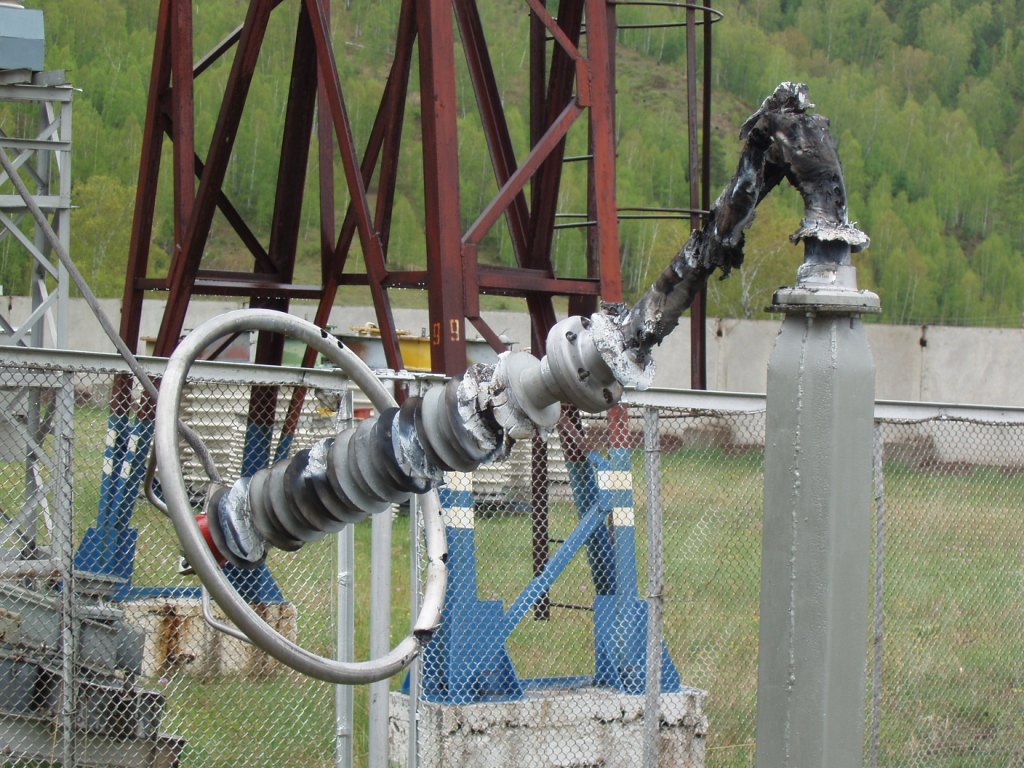
Surge arrester and backup protection
Unfortunately, when checking the resistance of equipment to short-circuit currents, it is necessary to take into account not the time of the main protection (usually less than 0.1 seconds), but the time of backup protection (can reach 0.5-2.0 seconds). Such rules, for example, are applied all over the world when designing cable lines. This means that the cable lines selected for the time of backup protection are protected from dangerous overheating by short-circuit currents. And what about metal-oxide surge arresters (SA or MOA)?
According to IEC, explosion tests of SA are carried out by several currents (they differ in magnitude and time). However, tests with large short-circuit currents (20, 40, 63 kA) are performed only at a time of 0.2 sec. Let’s discuss the case when the short-circuit will be turned off by backup protection instead of main? That is, how will the SA behave if in real life at currents of 20-63 kA the time will be greater than 0.2 seconds?

The arc will most likely have time to be thrown to the surface of the SA, excluding the risk of SA explosion. But what about overheating? The photo shows one of the examples of what can happen to the SA when it got fault, and the switching off wasn’t as fast as it expected – the SA was overheated and fell. Looking at this photo (and many others that I have), I would make one conclusion – the mimimum distance from the SA to the protected equipment should be at least the SA height:
– for SA 110 kV, the min distance should be at least 1 m
– for SA 220 kV, the min distance should be at least 2 m
– for SA 330 kV, the min distance should be at least 3 m
– for SA 500 kV, the min distance should be at least 4 m
We always try to mount the SA closer to the equipment, because it provides better protection from impulse overvoltages. However, too close is not always the best.
You can find more examples of various SA faults on the Internet. They show that the minimum distance from the SA to the equipment is a potentially serious problem (and regardless of the short-circuit duration). I would recommend reading at least this INMR article (please see Fig.10, Fig.11a, Fig.12), it’s open to public.
